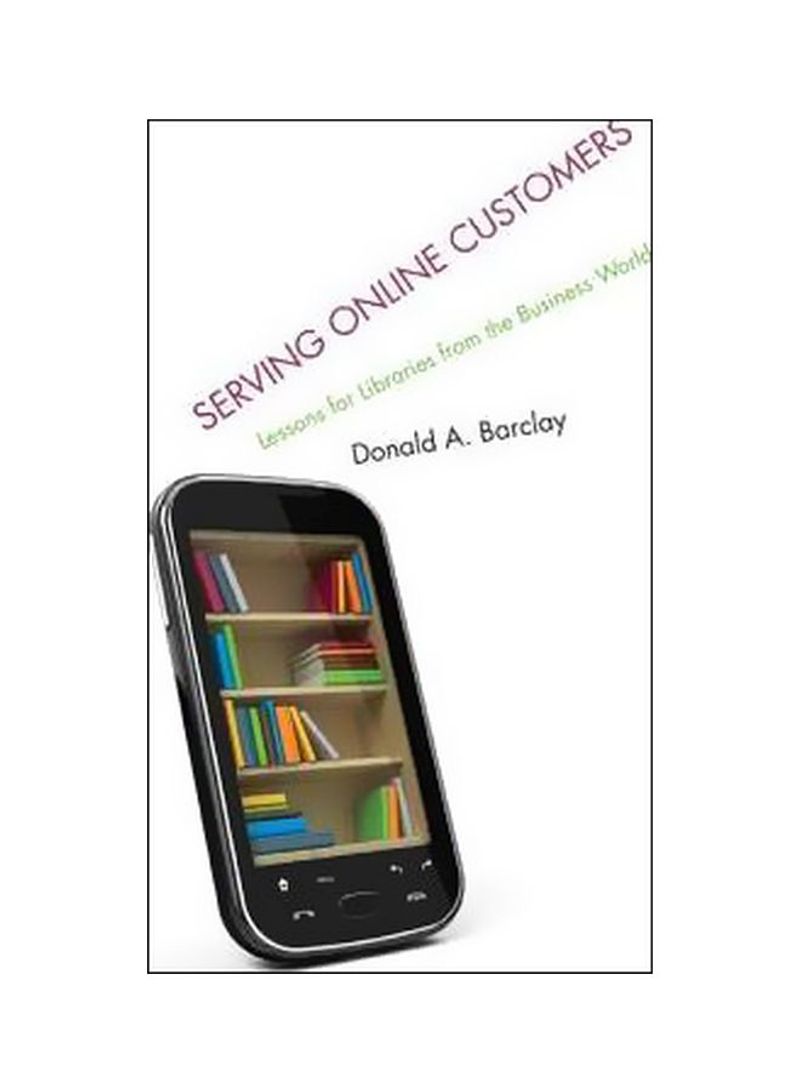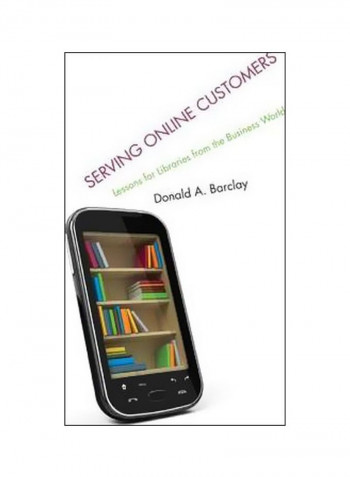Serving Online Customers: Lessons For Libraries From The Business World Paperback
Recommend
Sort by
Rating
Date
Specifications
Author 1
Donald A. Barclay
Book Description
Before the Web existed, anyone who wanted free information had to use the library. Now, a wealth of information on every possible service is accessible online. To compete in the digital age, libraries must provide outstanding customer service to their virtual users. In Serving Online Customers: Lessons for Libraries from the Business World, Donald A. Barclay carefully examines business literature to identify the best customer service practices of online companies and shows readers how to adapt these practices to the library environment. Chapter coverage includes these critical areas: *Improving the Self-Service Experience *Bringing Reference Service to the Online Customer *Adding Libraries to the Distance Education Mix *Designing Library Websites for Both Trust and Pleasure *Implementing Recommendation Agents and Avatars into Online Services *Linking Continuous Assessment to Online Service Improvement This book will help any library greatly enhance their online users' experience and help bring new users to the library.
Language
English
Publisher
Rowman & Littlefield
Publication Date
1 August 2014
Number of Pages
232
About the Author
Donald A. Barclay is the interim university librarian at the University of California, Merced, where he has worked since 2002. He previously worked at libraries in New Mexico and Texas.
Editorial Review
When designing services for online customers, libraries can learn much from looking both within and outside the profession. A few years back, for example, the ready-to-implement ideas of David Lee King's Designing Digital Experiences helped librarians guide discussions at their institutions around the idea of focusing on the user experience. This book takes a more academic tone with its historical look at problems traditionally plaguing library services and provides case examples of how similar problems have been handled in the business sector. * Library Journal * Barclay looks clearly at libraries and what they are doing in the digital sphere and what their potential could be by taking a more business-like stance in online service. His analyses are well supported by comprehensive references at the end of each chapter. . . .There is much to learn from Serving online customers, and I am sure lessons will be learned that the author did not anticipate. If you are involved in online service delivery in libraries, then you will find considerable value in this small package. * Australian Library Journal * In his book, Barclay describes why libraries no longer hold the monopoly as sources of information for users in the digital age. Instead, many of them find themselves in direct competition with business. Barclay explains how libraries are, and are not, similar to business and suggests that in order to survive, libraries need to rethink how they provide online services. He suggests that libraries should not think of themselves as being in direct competition with business, but instead should see themselves as a part of a larger 'business ecosystem.' Barclay posits that to survive in the online environment, libraries need to learn how to evolve and co-exist with business. To that end, he suggests that a wealth of e-commerce-related research information is available in areas that librarians may find helpful in adapting library practices to better serve online users. In the beginning of his book, Barclay provides a listing of journal titles and an annotated listing of books in various business-related subject areas that may be of interest to librarians. In relation to libraries, the remaining chapters provide an entertaining read on the historical contexts of self-service technologies, reference services, online education, Website design, artificial intelligence, and assessment of online services. One chapter is even devoted to the online successes of the pornography industry and how libraries could use them to improve their online services. While the book does contain . . . practical information on how libraries can adapt their online presence in each of these areas to better serve patrons, the book's real value is found in the author's historical perspectives. Readers will find that the book is well indexed, sources are well cited, and relevant side bar stories are found throughout the chapters. * American Reference Books Annual * Barclay's analysis of business insights and strategies reveals useful approaches for shaping online library services. Librarians in all settings will read his diagnosis of the state of library websites and find many practical applications and changes to consider. -- John J. Burke, library director & principal librarian, Gardner-Harvey Library, Miami University Middletown



